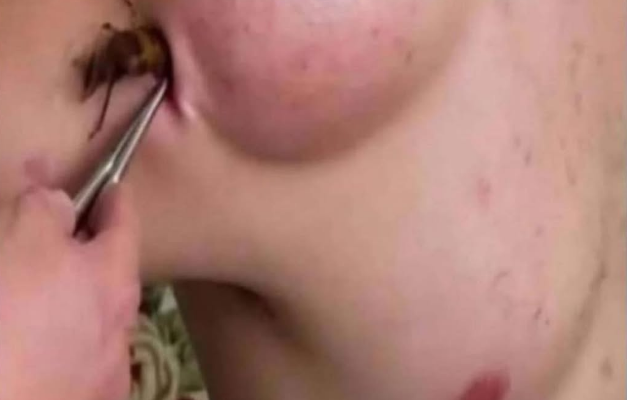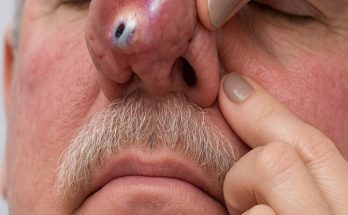When a bee stings, it injects venom through its stinger, triggering an immediate reaction. “The initial sensation is typically a sharp, burning pain” caused by both the puncture and the venom’s chemicals.
The skin around the sting quickly turns red, swollen, and warm. This is the body’s natural defense, as it sends immune cells to the area to fight the venom. Over time, the area may become itchy or irritated. “Itching is often mild but can become bothersome,” depending on the person’s sensitivity.
The immune system is key in handling the sting. White blood cells rush to the site, causing inflammation. This response helps neutralize the venom but also creates discomfort that can last for hours or days.
Most bee stings are not dangerous and heal on their own. However, “some individuals may experience severe allergic reactions” that require urgent care.
Signs of a serious reaction include trouble breathing or swelling that spreads beyond the sting area. Recognizing these symptoms is crucial for safety.



